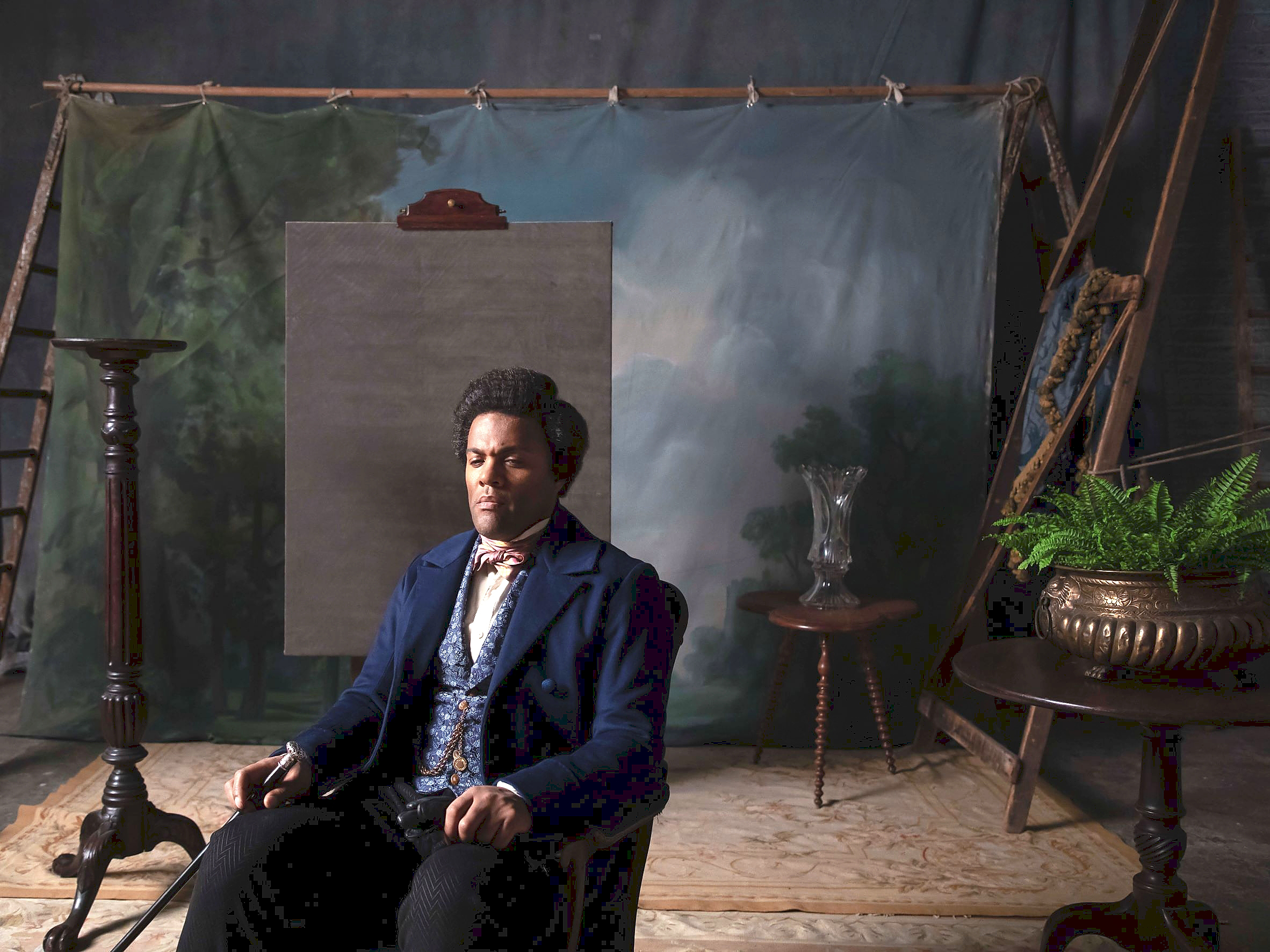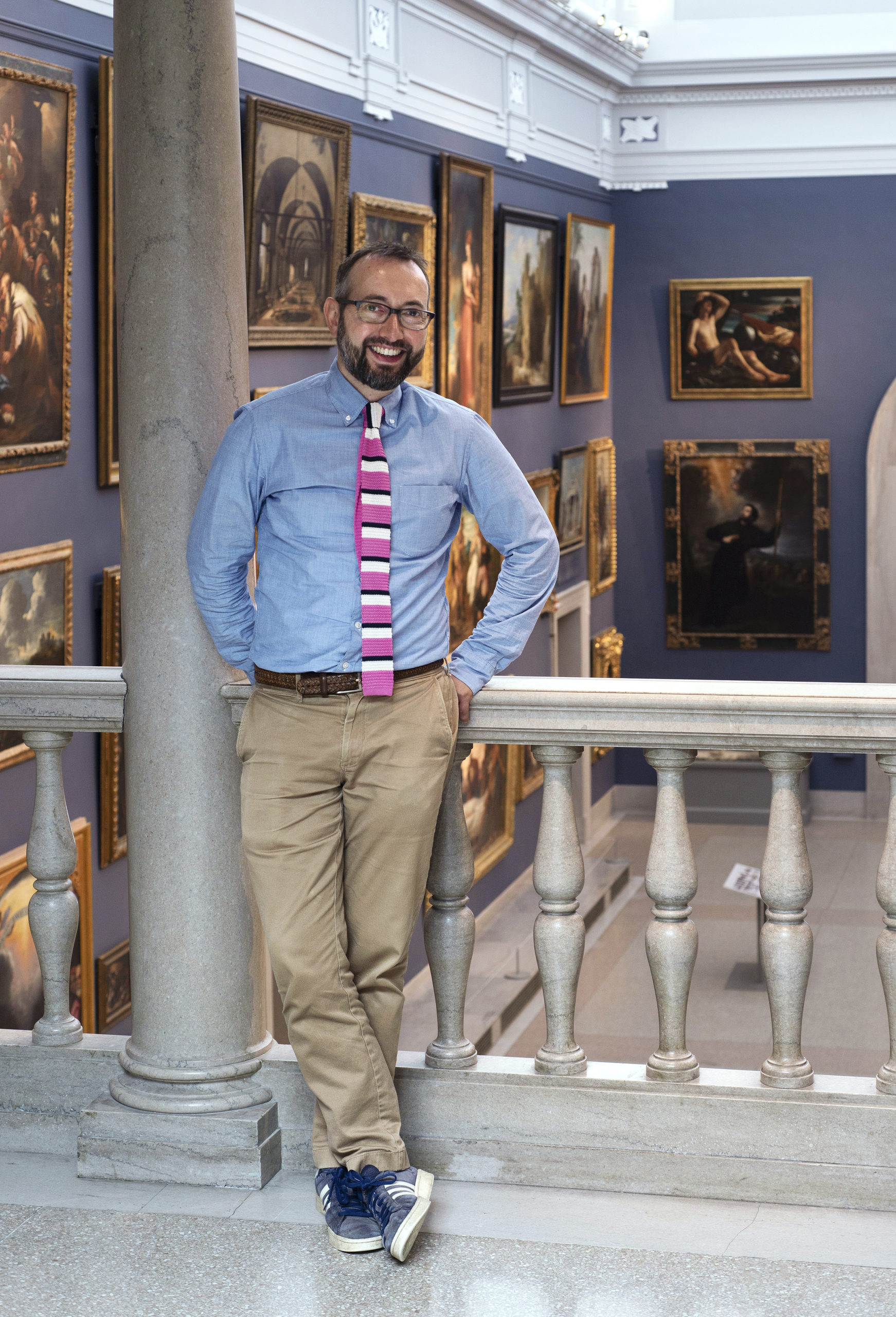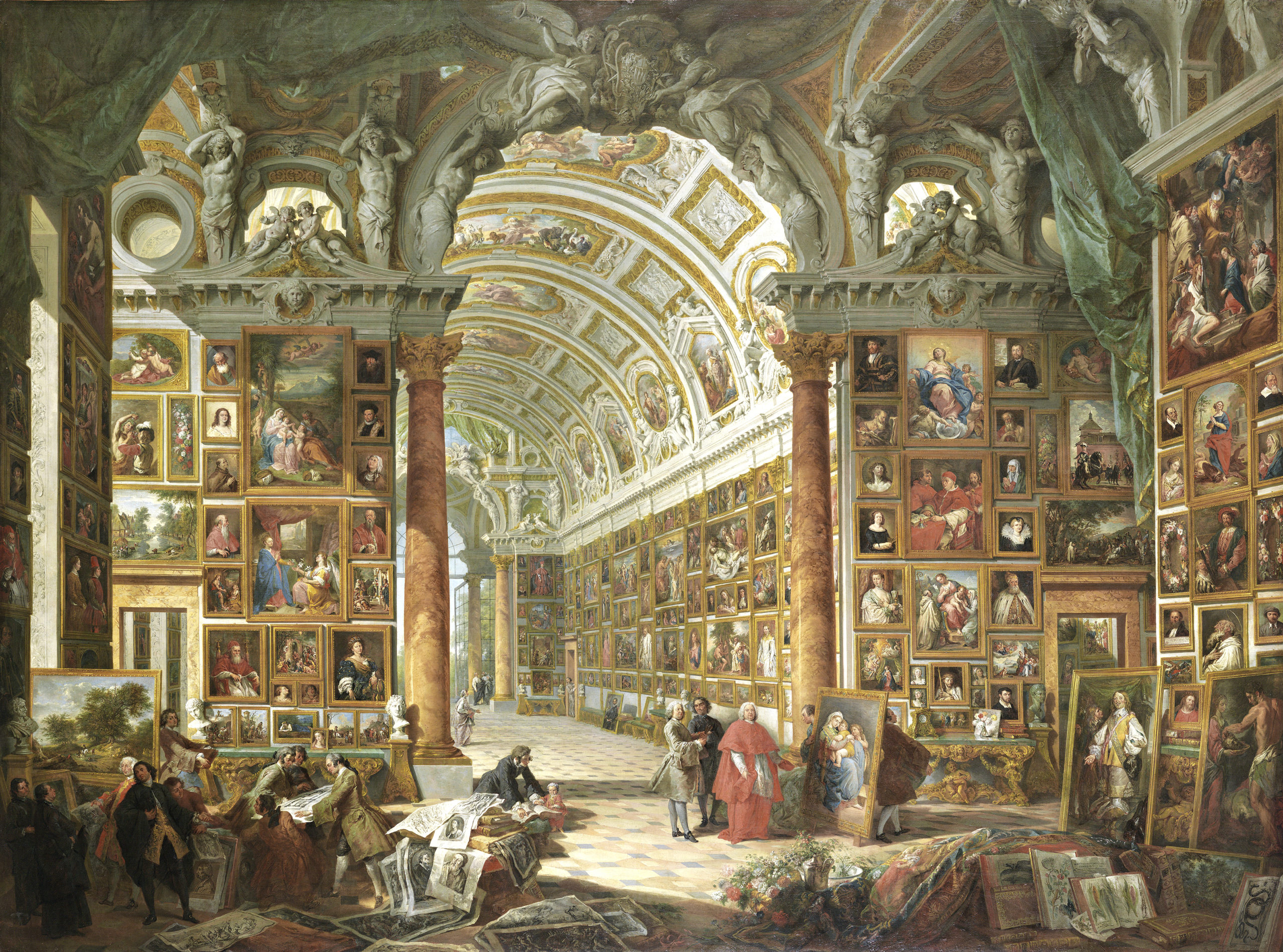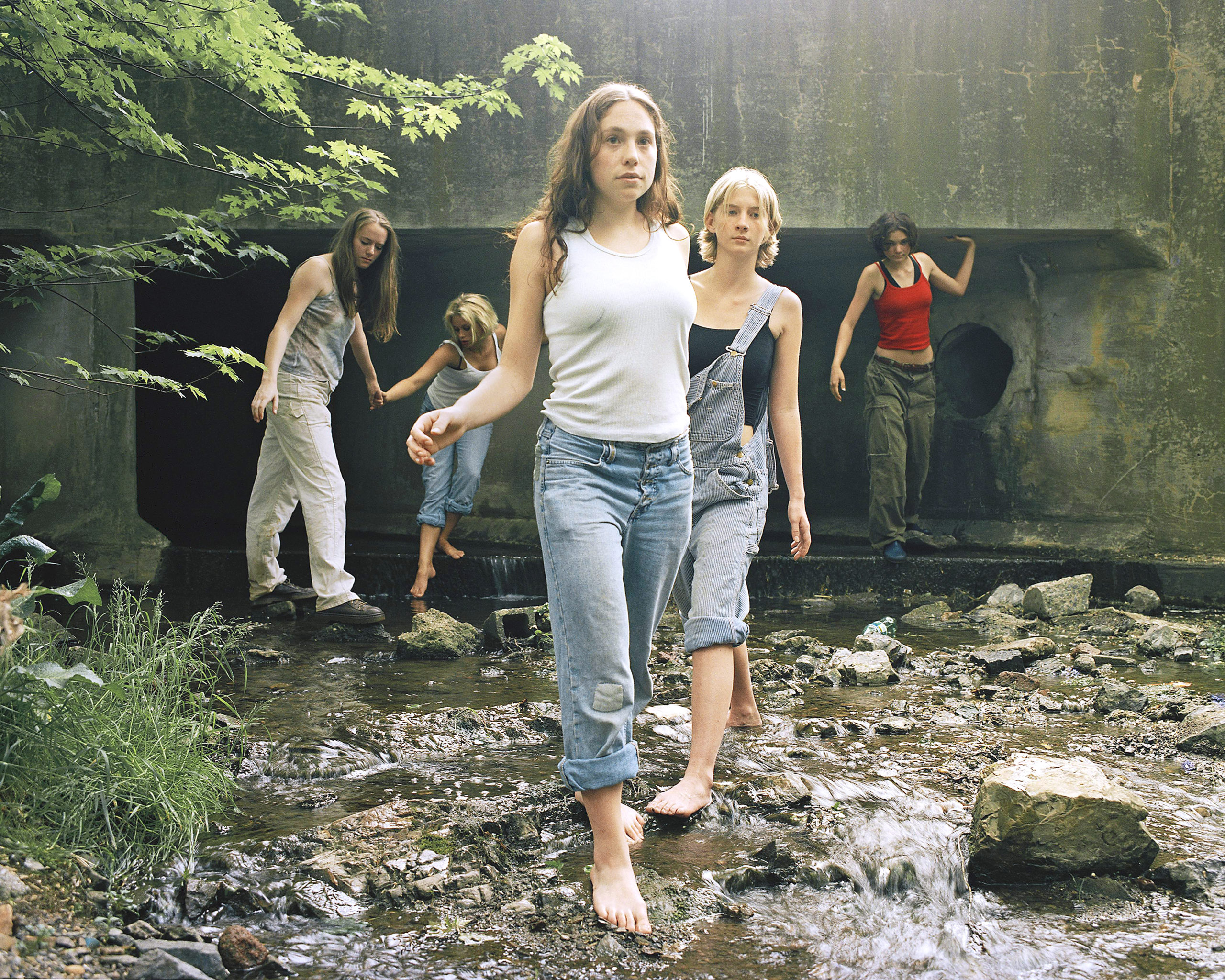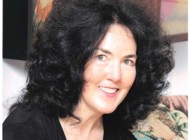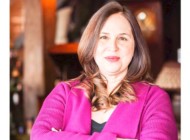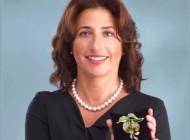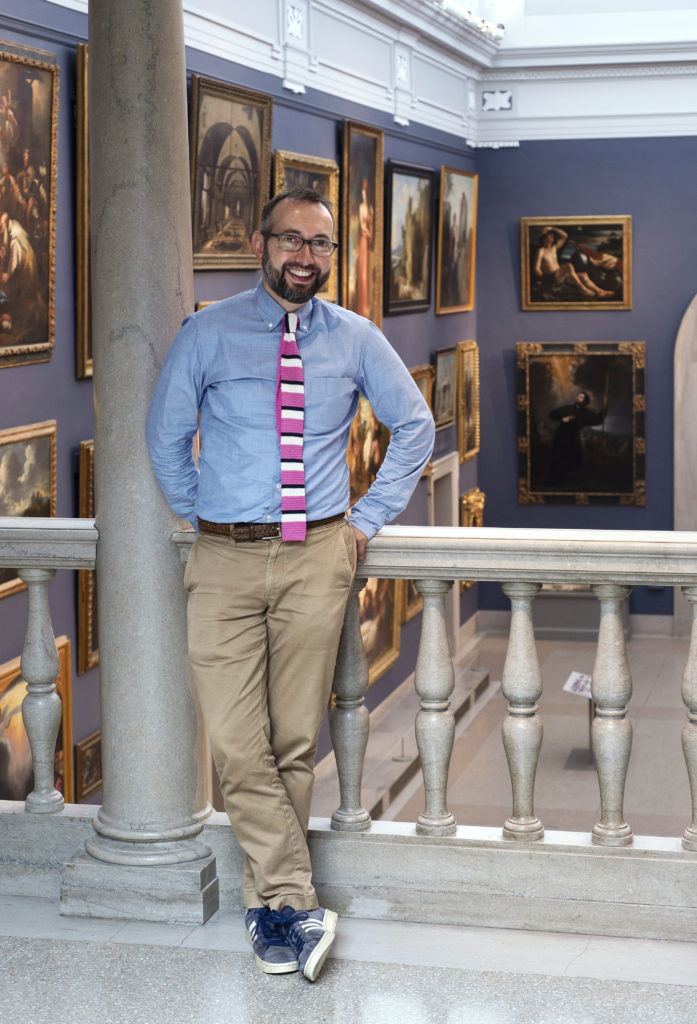
Last July, the Wadsworth Atheneum Museum of Art announced the selection of Matthew Hargraves as museum director, concluding an extensive seven-month national search process following the museum’s transition to a distributed leadership model. In this hybrid, the roles of chief executive officer (CEO) and director are split into two separate positions, and Hargraves is working alongside CEO Jeff Brown to lead the Wadsworth into the next phase of its future. It seemed like a good time to check in with Hargraves to get his take on how things are going.
The board in announcing your selection as director said the dual leadership would “enable the institution to better seize opportunities in a changing museum environment, consistent with its evolutionary heritage.” A bit more than six months out, can you give us a specific opportunity that’s been realized?
In the past six months we’ve expanded and continue to grow our curatorial team. There are many more things in the works programmatically that you’ll see rolling out over the next year and beyond. The key thing with making this leadership change was, first of all, recognizing that everything evolves, particularly at institutions like this one. We’re 180 years old. There was nothing set in stone about having a director and CEO wrapped together; that was certainly not how we were founded and was certainly not the case for the first 60-70 years of our existence. This juncture was a perfect moment to rethink and take advantage of new opportunities. I think the idea is that no one individual can unite every possible skill required of a storied and innovative institution stewarding an encyclopedic collection. And even if one did possess every skill, having the time to be able to devote the consistent attention and energy that all these things demand, I think is increasingly unrealistic today. The world has changed so much since the age of the “super director” – I’m thinking of the 1980s and 90s. What we’ve instituted over the past six months is a very productive relationship between two individuals who come with different but complementary skill sets. This new model allows us to devote maximum energy to each area of our operations. It may not be for every museum, but it’s the way for us right now. We’ve always been a pioneering institution – the oldest public museum in the country to have continually served the public. If we stay the same, time is always going to change and give us new problems, so we need to find – what did Francis Bacon say? – new remedies or we must expect new evils.
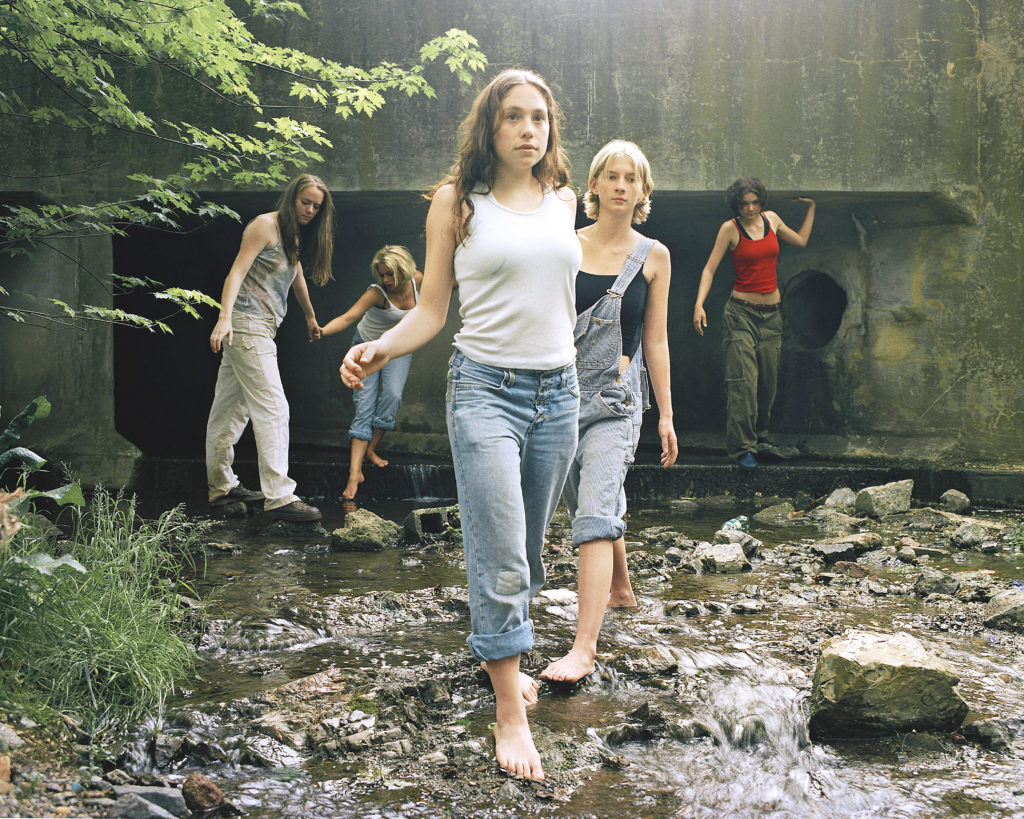
Now on view in Avery Court, Justine Kurland, “The Wall,” (2000) from “Girl Pictures” (series of 69 photographs printed 1997-2002), C-print, unique. Purchased through the gift of Robinson A. and Nancy D. Grover and the Alexander A. Goldfarb Contemporary Art Acquisition Fund.
Is this a unique structure or did you borrow from other institutions?
It was certainly a structure our board was aware of. It’s a fairly standard model for many performing arts institutions that tend to have an artistic director and then a manager of operations. Given the strength of our board, which represents individuals who are active in an array of areas across the arts, it was a familiar model that was working well for the Met [Metropolitan Museum of Art] at the time.
How does this dyadic management work on a day-to-day basis?
Certainly for us, such a model works best if you have an incredibly good working relationship between the two individuals. I’m delighted to say that Jeff and I do. It would not work unless we trusted each other, we knew what we were doing and we had constantly open dialogue. We work out together what our strategic priorities are. We’re two members of a larger leadership team here and each person leads a staff across the entire institution so that everyone is invested in both the model that we’re building but also everything we’re doing institutionally. On a day-to-day basis, I’m essentially responsible for the artistic side of the institution, and Jeff is in charge of the administrative side. That’s very reductive, but that’s essentially it. And each of us is closely involved with decisions that impact both sides of the house, as it were.
Tell us how your previous curatorial experience at the Yale Center for British Art prepared you for your current role.
I came to the United States in 2005 to work at the Yale Center for British Art. It was a two-year position, extendable to three. I thought that I would come to pursue an academic career, that I might come to work for the university. What I discovered when I began working there was that I fell in love with museum work, fell in love with objects, fell in love with being able to connect people to those objects, and that was when I decided I wanted to focus on a museum career. I had been making regular visits to the United States up to that point, and on one of my early visits was to this place called Hartford and the Wadsworth Atheneum. I didn’t know what to expect or what I was going to see and I remember walking in and just being completely amazed. I looked around and my reaction in most galleries was ‘oh my gosh that picture is here’ – works that I had seen in every lecture, every text. And I left feeling what an extraordinary place this Wadsworth Atheneum was. So the Wadsworth has always been dear to my heart. The other thing that prepared me well at Yale was coming in as a post-doc and working my way up to chief curator there. I got a real sense of what it was like to advance across a broad range of positions.
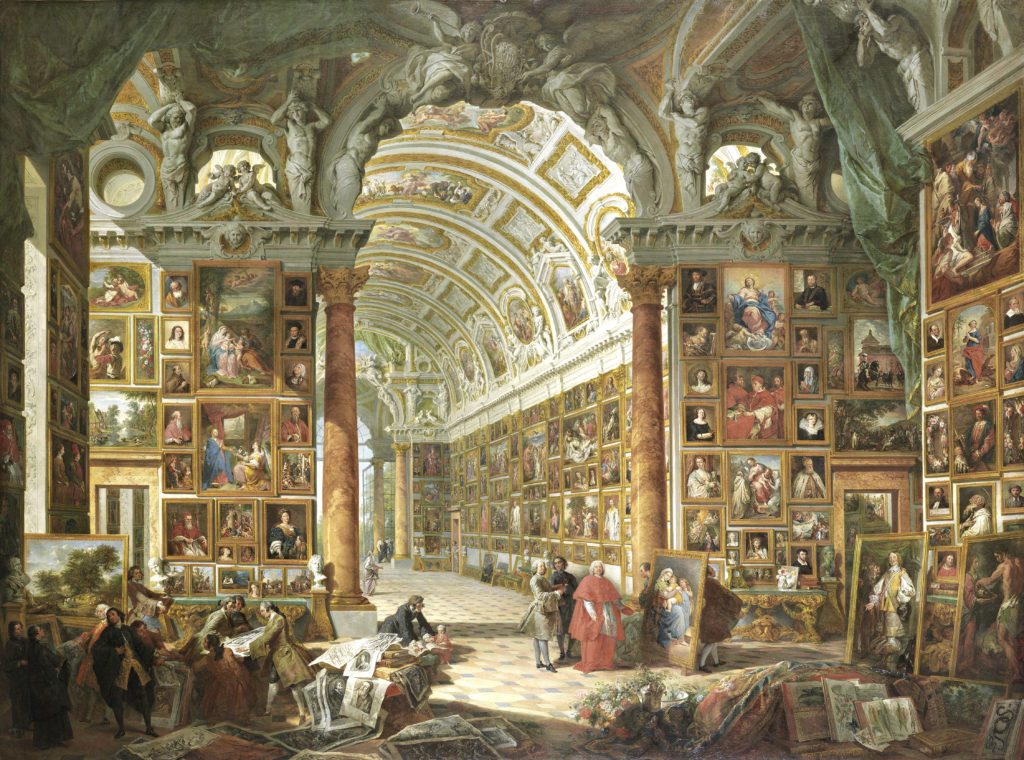
Giovanni Paolo Panini, “The Picture Gallery of Cardinal Silvio Valenti Gonzaga” (1749), oil on canvas, 78 by 105½ inches. The Ella Gallup Sumner and Mary Catlin Sumner Collection Fund. Hargraves in his September 16, 2022, speech, “A New Director’s Vision for the Wadsworth Atheneum Museum of Art,” referenced this painting of Cardinal Gonzaga in his picture gallery in Rome, one of the many showstoppers from the museum’s collection. “Although it’s been in our collections for nearly three-quarters of a century and seen countless times over by those in our galleries and beyond, looking at it today I see many interesting connections that relate to my vision for the future of this great museum,” he said. “Simply put, my goal for our future is to restore the Wadsworth’s position of preeminence among art museums.”
The Wadsworth recently announced a new partnership with three museums in the American South – Columbia Museum, Mobile Museum and Montgomery Museum – to curate collaboratively a series of traveling exhibitions. How did that come about, and can you share any details of the first phase that’s rolling out this spring?
Our Art Bridges Cohort program will allow us to share our incredible collection, particularly in regions we haven’t historically – the American South. Not only will we send works from our collections to those other museums, but the partnership works the other way as well – works from their collections will travel to the Wadsworth. Art Bridges allows us to create conversations between our collections and works of art from the American South, giving us a much more diverse and nuanced understanding of the objects, makers and their histories. In the first phase we’re launching focused exhibitions – what we call “Spotlight Exhibitions” – where we take singular objects and interrogate them. Each one of our partner institutions will begin simultaneously with a “Spotlight Exhibition” and we’ll rotate them around the different institutions. Those objects will have been selected from each of our collections, and we’ll all have a chance to share our objects over the course of the coming year. We’re kicking off here with some really exceptional textiles designed by Alexander Calder that have very rarely been shown and that were designed for a particular house in Connecticut. Columbia, I know, has a wonderful piece of furniture made by Thomas Day, a free man of color before the Civil War. Mobile is looking at an Abstract Expressionist, a woman artist, Dusti Bongé (1903-1993), an American painter who worked from the 1930s through the early 1990s. She was a Modernist artist who was overshadowed by the art world focusing on male artists like de Kooning and Pollock and so on. And Montgomery is doing a show that will be around a contemporary quilt-maker, Yvonne Wells, thinking about the connection between textiles and storytelling.
And closer to home in Hartford?
We have a great program here called Wadsworth Welcome. If you’re a resident of the city, you can come for free as many times as you want. A local blogger is a Wadsworth Welcome member and visits regularly. I was moved by a review she wrote recently in response to the reinstallation of our Avery Court. Our Avery building was designed and built under the direction of Chick Austin, the prescient director here in the 1930s. It was finished in 1934, marking the first museum interior built in the International Modern style in the United States. The exterior is a beautiful Art Deco because it was unseemly at that time for the board and the city to countenance a Bauhaus exterior. It was a really pioneering statement at that moment. For years now the Avery Court has been home to highlights of our Modern European and American collections. To shake things up a bit, we moved and reinvigorated that installation in a more intimate arrangement, and installed a show of contemporary photographs by Justine Kurland, a powerful series called “Girl Pictures” in the Avery Court. Just yesterday I saw a post on this blog I mentioned where the author says she has never before in her life experienced such close engagement with objects, seeing this set of photos in the museum was really gratifying. It’s exactly what we’re trying to achieve with our audience here in the city and beyond.
–W.A. Demers

